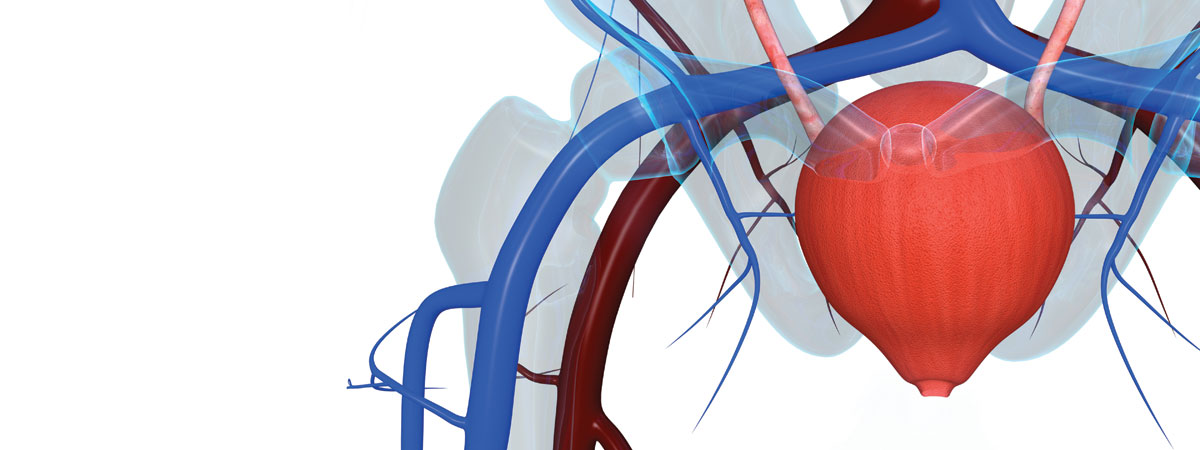Prostate Artery Embolization for BPH
Benign prostatic hyperplasia (BPH) is one of the most common problems experienced by men, affecting 50% of men between 51 and 60 years of age and up to 90% of men older than 80. An estimated 14 million men in the U.S. have BPH.
Symptoms of BPH
The prostate does not stop growing as we age, instead it grows in response to hormones your body makes naturally. As it enlarges, it can obstruct the urethra, which drains the bladder. This results in symptoms such as weak stream, frequent or urgent need to urinate and an increased frequency of urination at night. BPH is also linked to erectile dysfunction and reduced sex drive.
What are my treatment options?
Medication. When BPH symptoms are less severe, your doctor may use medication to control your symptoms. Alpha blockers are medications that relax bladder muscles and fibers within the prostate, making urination easier and less frequent. Other medications, such as 5-alpha reductase inhibitors and phosphodiesterase 5 inhibitors may be used to either help shrink the prostate or improve symptoms. Certain vitamin supplements may also be recommended.
You will also want to avoid certain medications, as they can make BPH symptoms worse. These include sinus medications with decongestants or certain antihistamines, such as Benadryl.
TURP. When symptoms of BPH become severe, the most common procedure to correct this problem is called transurethral resection of the prostate, or TURP. However, this surgical procedure requires anesthesia and has a number of risks and side effects. Most common side effects include retrograde ejaculation, hematuria and difficulty achieving an erection. In addition, 10% of those undergoing the TURP procedure will require additional surgery within 5 years.
PAE. A new interventional radiology procedure called prostate artery embolization (PAE) is performed by our interventional radiologists on an outpatient basis to decrease the size of the prostate gland.
Is PAE right for me?
You may be a candidate for PAE if:
- Your BPH symptoms are seriously affecting your quality of life
- Your BPH symptoms are no longer being helped by medication
- You wish to avoid taking medication for BPH and do not want surgery
- You do not have a history of neurogenic bladder
- You do not have extensive vascular disease
About the PAE procedure:
PAE is performed by an interventional radiologist who, using imaging guidance, inserts a tiny catheter into an artery in the patient’s upper thigh or wrist, and then guides it through the body’s vascular system to the arteries supplying blood to the prostate. Tiny microparticles are released through the catheter and into the arteries, blocking blood flow to the prostate. With reduced blood flow, the prostate shrinks and symptoms are relieved.
Benefits of PAE
PAE is shown to be safe and clinically effective, with a faster recovery, lower risk of infection and fewer side effects than the TURP procedure. The procedure is performed in about an hour, requires only a small nick in the skin, and patients can return home within 24 hours.

